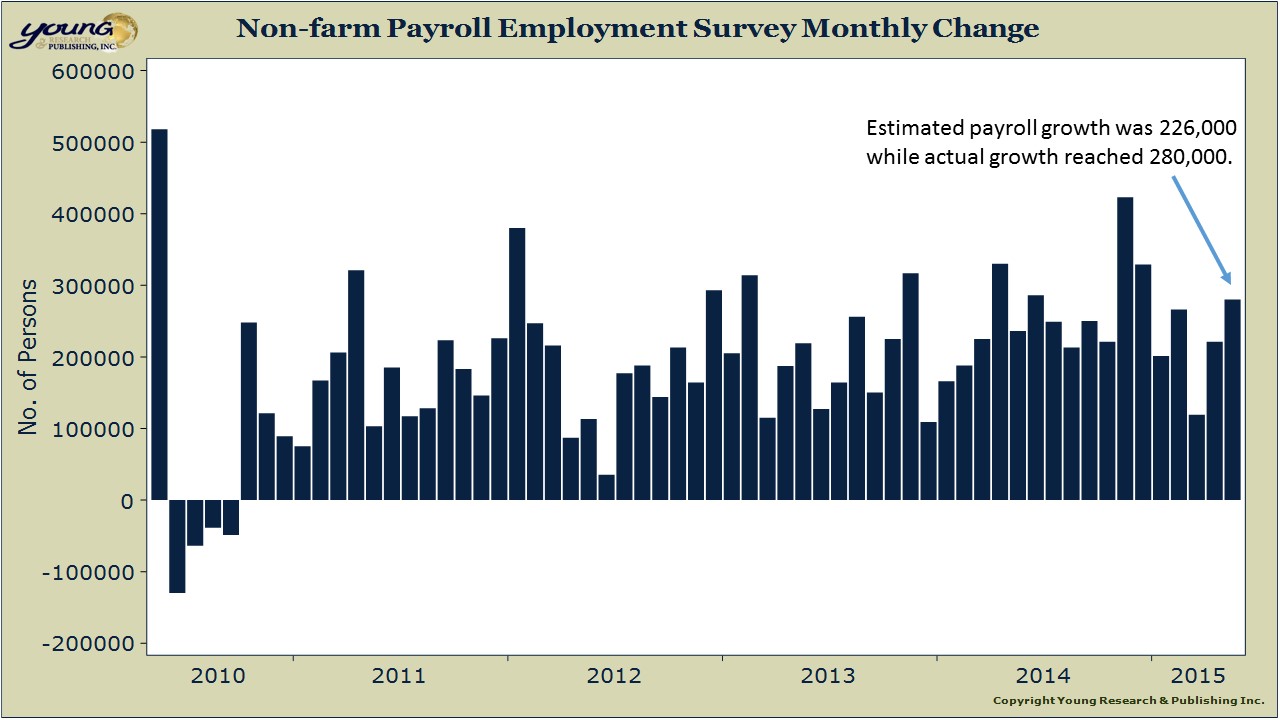
US job growth was modest in July, with nonfarm payrolls increasing by 73,000 and the unemployment rate holding at 4.2%, according to the US Bureau of Labor Statistics. Health care and social assistance saw continued job gains, while federal employment declined. Long-term unemployment rose, and labor force participation remained largely unchanged. Average hourly earnings increased by 0.3%, and job figures for May and June were revised down significantly, indicating slower growth than previously reported. The BLS writes:
In July, total nonfarm payroll employment rose modestly by 73,000 and has shown little movement since April, according to the U.S. Bureau of Labor Statistics. The unemployment rate held steady at 4.2 percent. Job growth continued in health care and social assistance, while the federal government shed more jobs. These figures come from two monthly surveys: the household survey, which tracks labor force status by demographic characteristics, and the establishment survey, which measures employment, hours, and earnings by industry.The unemployment rate of 4.2 percent corresponds to 7.2 million unemployed people, with little change since May 2024. Unemployment rates across key groups—adult men (4.0 percent), adult women (3.7 percent), teenagers (15.2 percent), Whites (3.7 percent), Blacks (7.2 percent), Asians (3.9 percent), and Hispanics (5.0 percent)—also remained largely stable.
The number of new labor market entrants rose by 275,000 in July, reaching 985,000. Long-term unemployment (27 weeks or more) increased by 179,000 to 1.8 million, making up 24.9 percent of all unemployed. The labor force participation rate was 62.2 percent, slightly down over the year, while the employment-population ratio held at 59.6 percent.
About 4.7 million people worked part time for economic reasons, a figure that remained steady. Similarly, the number of people not in the labor force but who want a job stayed at 6.2 million, though this was 568,000 higher than a year ago. Of these, 1.7 million were marginally attached to the labor force, and 425,000 were discouraged workers—a decrease of 212,000 from June.
From the establishment survey, job gains in July were concentrated in health care (+55,000) and social assistance (+18,000), particularly in ambulatory services and family services. Meanwhile, federal government employment declined by 12,000 and is down by 84,000 since January. Other major industries showed little employment change.
Average hourly earnings for private-sector employees rose by 12 cents (0.3 percent) to $36.44, reflecting a 3.9 percent increase over the year. Earnings for production and nonsupervisory workers also increased by 8 cents to $31.34. The average workweek edged up to 34.3 hours.
Notably, job numbers for May and June were revised downward by a combined 258,000. May’s employment gain was reduced from 144,000 to just 19,000, and June’s from 147,000 to 14,000, due to updated data and recalculated seasonal factors.
Read more here.



